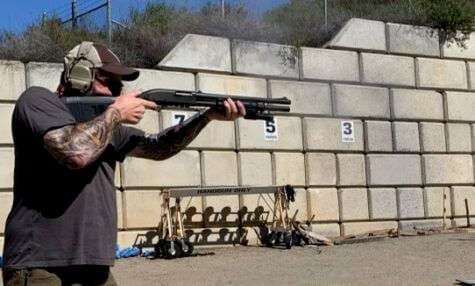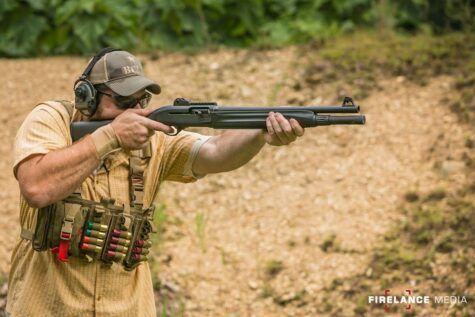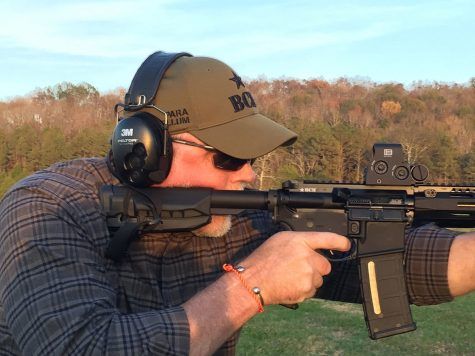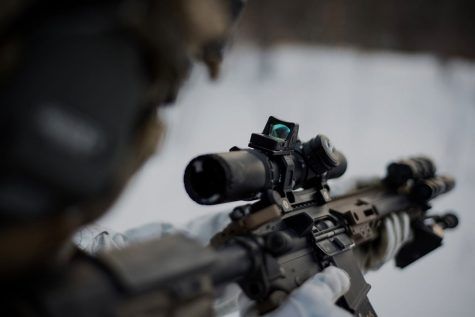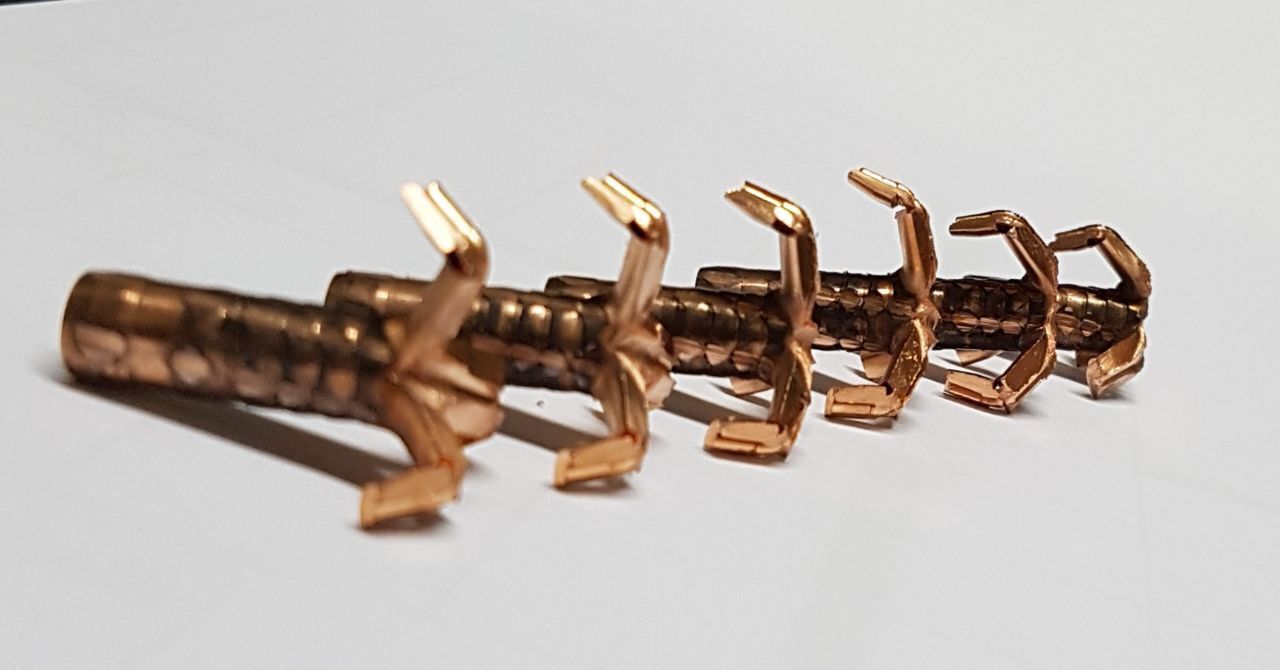
Using subsonic ammo for hunting and self-defense has been an interesting topic of conversation in my neck of the woods for a while now. I’d been unimpressed until I saw what was coming out from Discreet Ballistics of New Hampshire.
Simply put, the company is currently creating the most exciting subsonic ammunition available today. They focus only
ARBuildJunkie was recently able to discuss the state of subsonic ammunition with David Stark, the founder of Discreet Ballistics.
Q: Can you speak about of your company and why you decided to focus only on subsonic hunting ammunition, specifically for the 300 Blackout and .308?
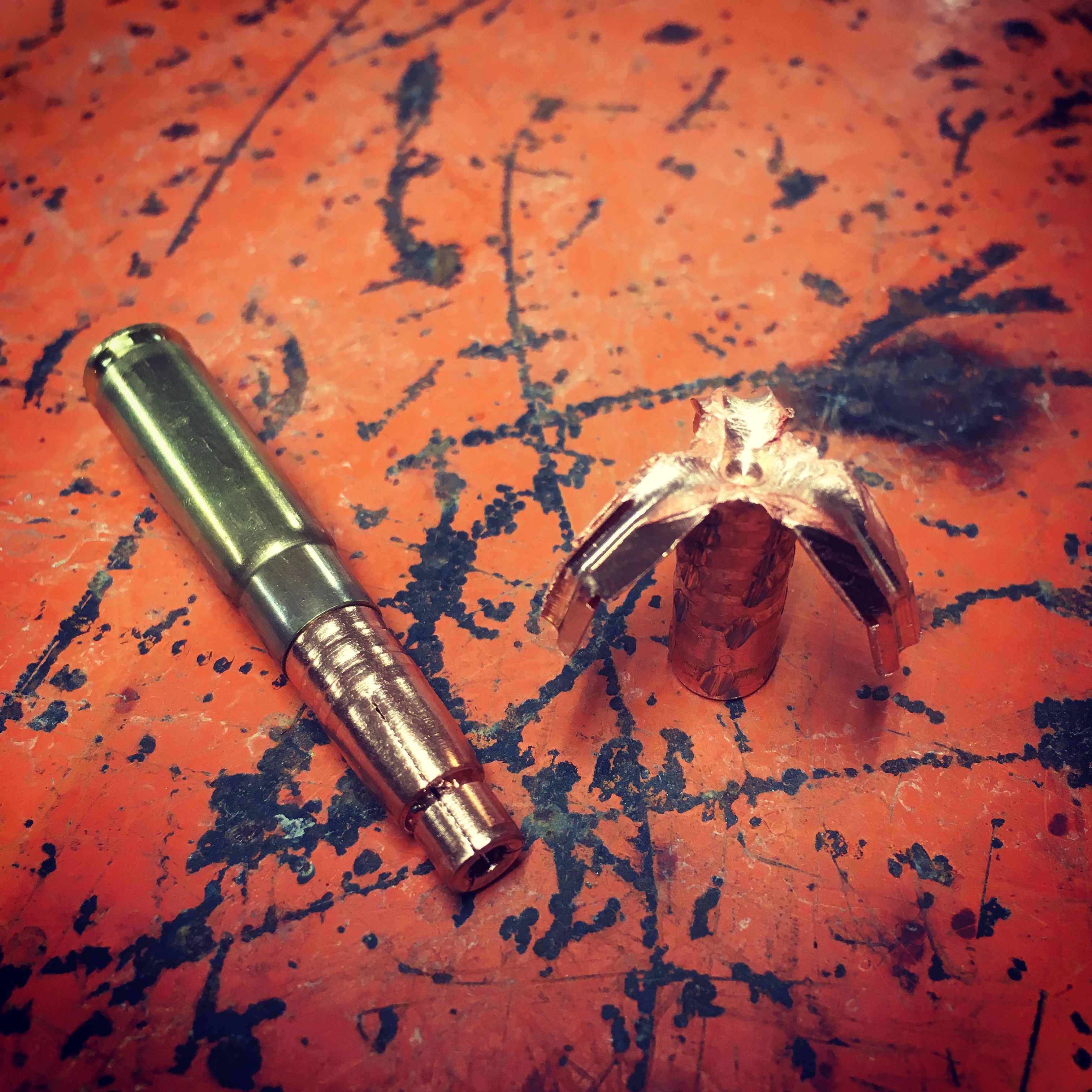
A: The mission of Discreet Ballistics is to create the most consistent subsonic ammunition around. We have been building our company for the past 3 years and we’re starting to really carve out a niche for ourselves in the ammunition industry.
I started off competing with .22s when I was a kid. I never used to wear hearing protection and I’m pretty sure my ears suffered for it.
As I got older, I had the chance to shoot suppressed and it completely rocked my world. I had an epiphany. Why isn’t everyone shooting like this? Of course, the reason is suppressors are really heavily regulated.
The same day, I had an opportunity to shoot suppressed supersonic and subsonic. The first firearm I shot was an AR-15 in 5.56 shooting supersonic, and it was still loud, but it was significantly less loud that it was unsuppressed.
But then I had an opportunity to shoot subsonic .22, and that was really…I started to laugh. I realized, wow, there is an opportunity here.
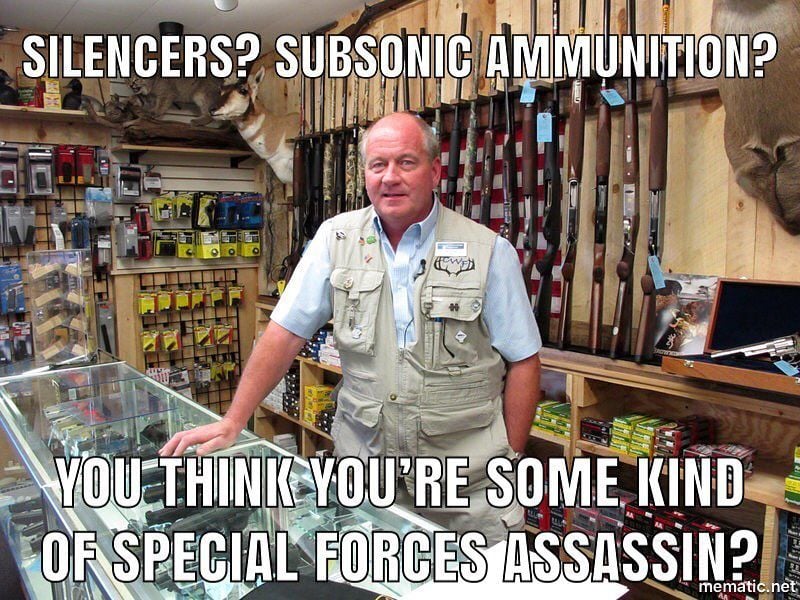
Q: When I first started loading 300 Blackout subs, we tried out bullets like the 208 gr. Hornady A-Max, for example. These subs were quiet, but I don’t think I’d have been comfortable hunting with them. It would have just been poking holes.
A: You can hunt with those bullets when you put them in a .308 or a 300WM. When they impact at 2,500-2,600 feet per second, they’re devastating. They do what they are designed to do.
But when you push those bullets subsonic, they’re just not constructed to perform terminally at those velocities. The analogy I like to use is it’s like a knitting needle through
Most times, it will just sail through.
When you’re shooting at subsonic velocities, you lack energy and there’s nothing you can do about it other than either significantly increase the weight of the bullet, which, if it doesn’t expand, is not really going to have that much of an effect…again, it will just sail right through.
Or, you can take the approach that we took, which is to design that bullet specifically to expand at lower velocities.
Basically, what you had to do is when you don’t have the energy, you make the bullet do as much as possible. In the same sense of a broad head with bow hunting. We garnered some of our inspiration from broad heads when we did the bullet design. I mean, they’re nasty, and they’re nasty for a reason…because they are going slow, and they have to cut as much, and as effectively as possible.
Q: So, it sounds like subsonic hunting is now a more viable option than ever before?
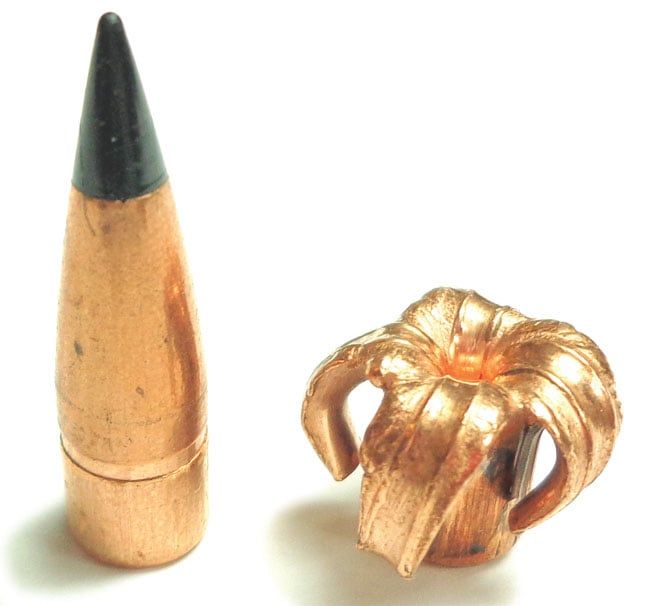
A: There are more options for sure. I would never make a direct comparison between something like a supersonic Barnes Tac-TX 110gr. Blacktip. There’s a reason the military uses them…but they’re loud. What we are creating is apples and oranges, with velocity being a big difference.
When I look at my market, my subsonic allows the guy in Texas who is living in a nice, proper development with McMansions, whatever, and he’s got a hog problem.
What we’re creating allows him to go into his back yard with his night vision and take out his hogs without his neighbors knowing. I see that as like the ultimate in discretion and fun, because, how great is it to be able to take out a pest and do it discreetly? That’s such a cool thing to be able to do.
With the supersonic Tac-TX, you’re going to wake up your neighbors, even with the best suppressor. DARPA can spend twenty billion dollars on trying to figure out a way to defeat the sound barrier…it’s not going to happen (laughs).
Q: What makes your expanding subsonic ammo for hunting so special?
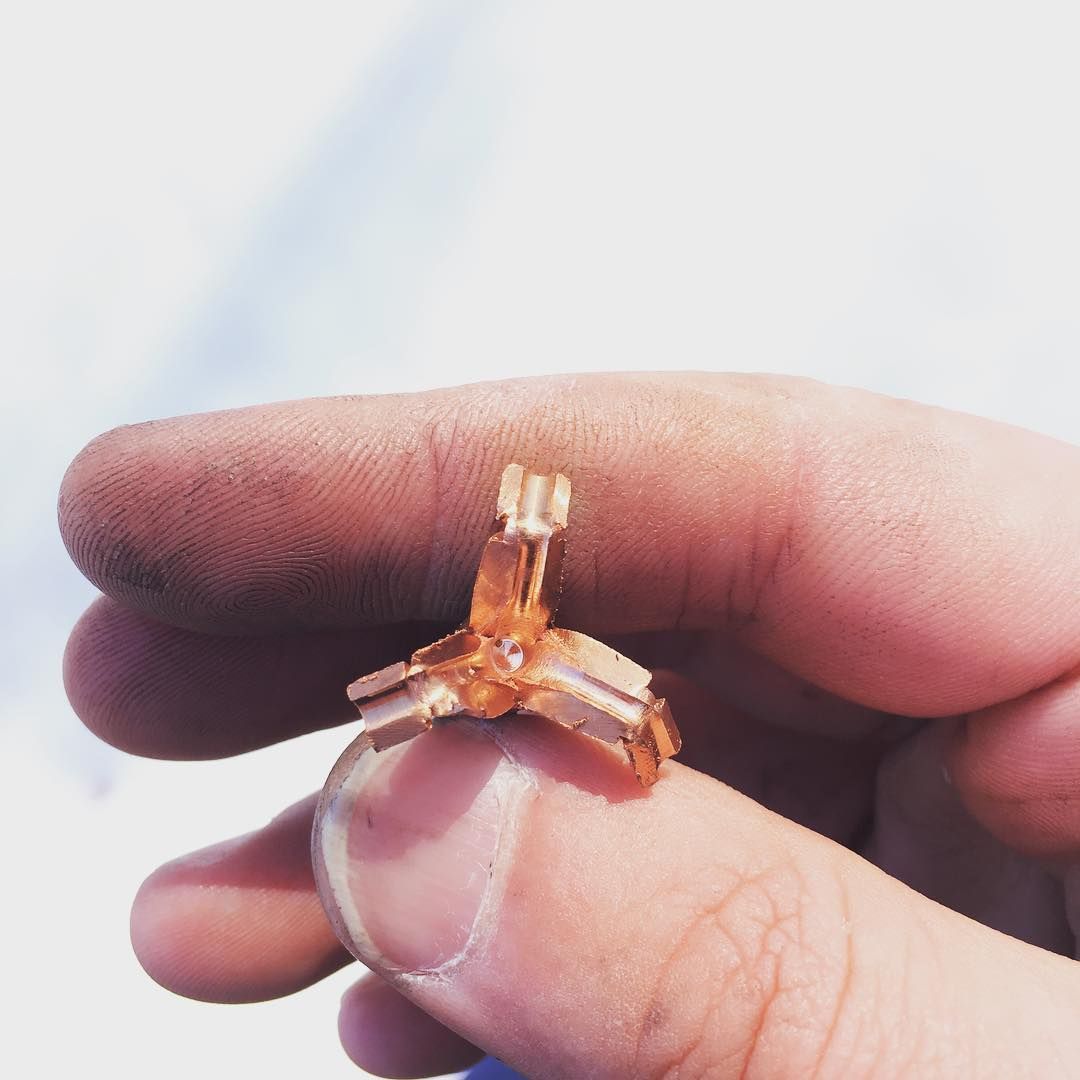
A: We focus on expansion as our primary goal. I saw an opportunity with subsonic 300 Blackout because I saw that there was a lot to be desired from performance from other bullets.
Basically, you have two different types of hunting 300 Blackout subsonic loads. You have fracturing, which is the bullet comes apart during terminal ballistics, and you have expanding, in which the bullet is supposed to stay together and expand.
Doing a lot of gel testing, we determined that fracturing is not great. You want weight retention, and that leads into the second thing that we wanted to try to do: We wanted great expansion with great weight retention.
Thirdly, we wanted accuracy. We found that none of the offerings out there had all three of those components, so we set out to design a bullet that had all three of those.
Our hierarchy of needs was expansion, then weight retention, and then accuracy. Not to to say accuracy was not important, it was just not our top priority.
Expansion was really, really important, so we had a development cycle where we designed the bullet in CAD, did simulations with it and then we machined them, shot them into gel, collected the data and essentially, rinsed and repeated.
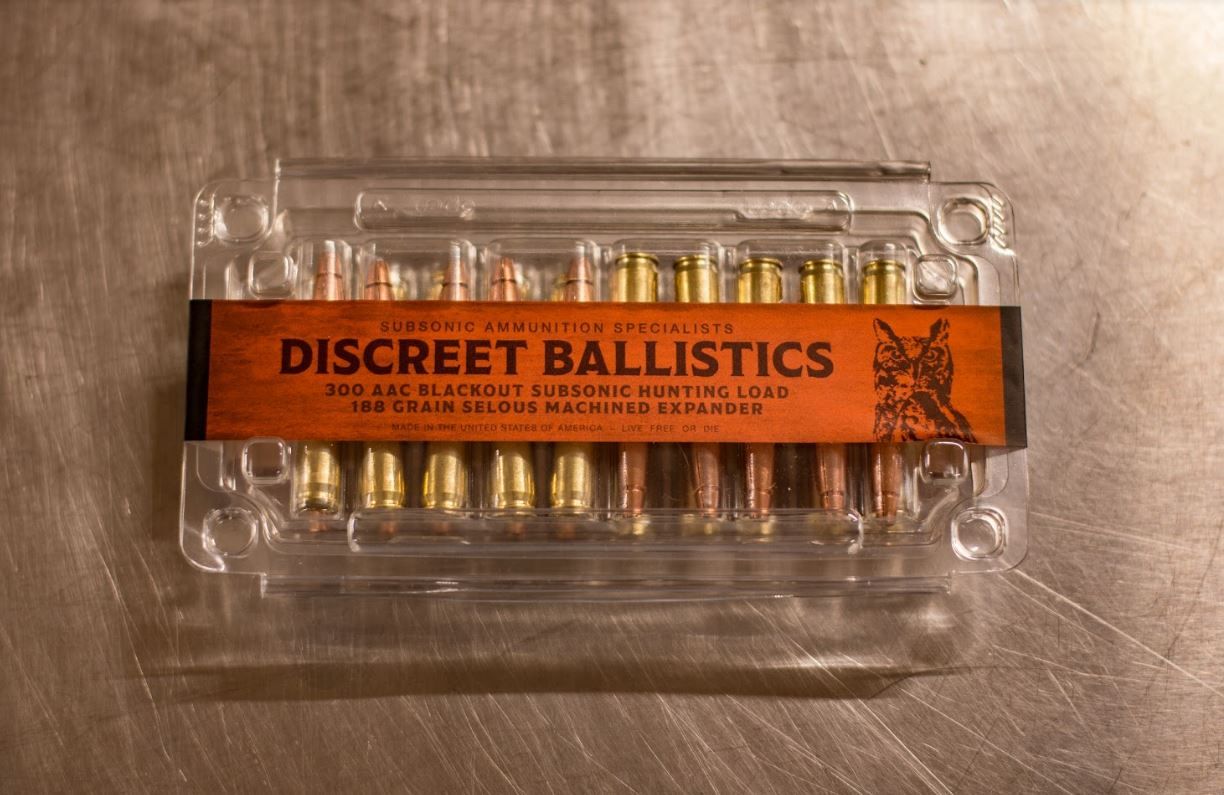
We finally got to a point where we have something that is marketable. We are still continuously improving though. In fact, we’re coming out with a new version, slightly modified, in the next few weeks.
